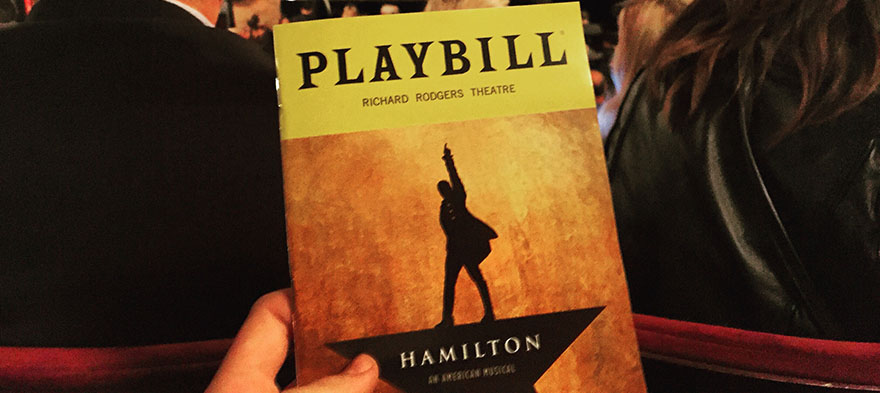
Nov 22, 2016 12:00:00 AM
Given two-and-a-half hours to win over a man who will soon be a heartbeat away from the Presidency—to show, not tell, how our shared, founding ideals belong to all Americans—the show's creators were somehow unconvinced of the power of their own production.That’s not what it felt like while watching the performances. Rory O’Malley, who plays King George, swaggered as he sang "What Comes Next" seemingly directly to Pence, his eyebrows waggling with the irony of the juxtaposition between Pence’s presence and the lyrics, “Do you know how hard it is to lead?” and “Do you have a clue what happens now?” Nearly every line drew sustained applause; by the time he hit “It’s much harder when it’s all your call/You’re all alone/When your people say they hate you/Don’t come crawling back to me,” much of the audience was standing and singing along. The entire second act—where political machinations and personal pettiness culminate in the infamous duel—took on a shivery, charged importance. The actors very much believed in the power of their production and their platform to spread a message. Watching it side-by-side with the man who is soon to be next in line to the presidency, I have to have faith it resonated with him, as well.
The story you tell yourself about your own math ability tends to become true. This isn’t some Oprah aphorism about attracting what you want from the universe. Well, I guess it kind of is, but...
If you have a child with disabilities, you’re not alone: According to the latest data, over 7 million American schoolchildren — 14% of all students ages 3-21 — are classified as eligible for special...
The fight for educational equity has never been just about schools. The real North Star for this work is providing opportunities for each child to thrive into adulthood. This means that our advocacy...
Your donations support the voices who challenge decision makers to provide the learning opportunities all children need to thrive.
Ed Post is the flagship website platform of brightbeam, a 501(c3) network of education activists and influencers demanding a better education and a brighter future for every child.
© 2020–2024 brightbeam. All rights reserved.
Leave a Comment